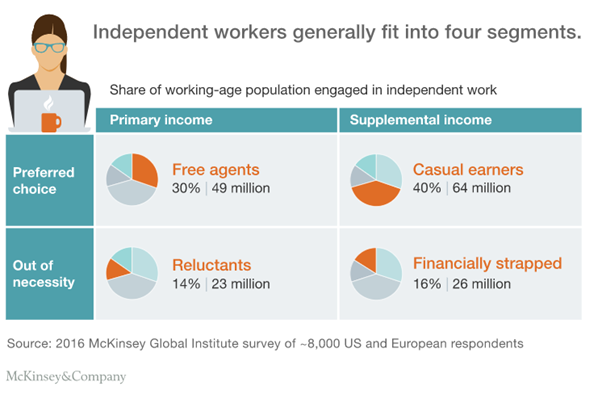
Ensuring Patient Safety: Navigating Telemedicine Prescribing Rules
Telemedicine has become an integral part of modern healthcare, offering remote consultations and prescription services. However, the convenience of telemedicine prescribing brings forth the need for stringent regulations to safeguard patient well-being. In this article, we delve into the landscape of telemedicine prescribing regulations, examining their importance, challenges, and impact on healthcare delivery.
The Evolution of Telemedicine Prescribing
Telemedicine prescribing has evolved alongside advancements in technology and healthcare delivery models. It allows patients to receive medical consultations, diagnoses, and prescriptions without physically visiting a healthcare facility. While this provides unprecedented convenience, it also necessitates a careful regulatory framework to ensure the safety and efficacy of remote prescribing practices.
Importance of Telemedicine Prescribing Regulations
Telemedicine prescribing regulations play a pivotal role in establishing standards for remote healthcare delivery. These regulations aim to safeguard patient welfare by defining the scope of telemedicine prescribing, outlining the responsibilities of healthcare providers, and ensuring compliance with legal and ethical guidelines. The overarching goal is to strike a balance between accessibility and the safe delivery of healthcare services.
Ensuring Medical Professionalism and Competence
One key aspect of telemedicine prescribing regulations is the emphasis on medical professionalism and competence. Healthcare providers engaging in telemedicine must meet the same standards of care and ethical conduct as those in traditional healthcare settings. Regulations outline the qualifications and licensure requirements for practitioners involved in telemedicine prescribing, ensuring that patients receive care from qualified professionals.
Mitigating Risks of Prescription Abuse
Prescription medications carry inherent risks, and telemedicine prescribing regulations aim to mitigate these risks in a remote healthcare environment. Guidelines may include strict protocols for prescribing controlled substances, requirements for proper documentation, and mechanisms for verifying patient identities. By addressing the potential for prescription abuse, regulations contribute to patient safety in telemedicine.
Patient Privacy and Data Security Considerations
Telemedicine prescribing involves the electronic transmission of patient health information, necessitating robust privacy and data security measures. Regulations outline standards for secure communication channels, encryption protocols, and storage practices to protect patient confidentiality. Compliance with these regulations ensures that patient data remains confidential and secure throughout the telemedicine prescribing process.
Interstate Telemedicine Prescribing Challenges
The borderless nature of telemedicine introduces complexities when patients and healthcare providers are located in different states or countries. Interstate telemedicine prescribing requires adherence to varying state regulations, licensure requirements, and legal frameworks. Achieving compliance across jurisdictions is a challenge that necessitates coordination and standardization efforts at both regional and national levels.
Telemedicine Prescribing and Emergency Situations
In emergency situations, telemedicine prescribing becomes a critical component of remote healthcare delivery. Regulations often include provisions for expedited telemedicine services during emergencies while maintaining safety standards. Balancing the need for prompt medical intervention with regulatory requirements ensures that patients receive timely care without compromising safety.
Challenges in Enforcing Telemedicine Prescribing Regulations
Enforcing telemedicine prescribing regulations poses challenges due to the dynamic nature of healthcare delivery and technology. Regulators need to keep pace with evolving telemedicine practices, address emerging issues, and implement effective enforcement mechanisms. Collaboration between regulatory bodies, healthcare providers, and technology experts is crucial to navigating these challenges.
The Role of Technology in Regulatory Compliance
Technology plays a dual role in telemedicine prescribing—enabling remote healthcare delivery and facilitating regulatory compliance. Innovations such as electronic health records (EHRs), telehealth platforms, and secure communication tools aid healthcare providers in adhering to prescribing regulations. Continuous advancements in technology can further enhance the efficiency and effectiveness of regulatory compliance in telemedicine.
Future Directions in Telemedicine Prescribing Regulations
As telemedicine continues to integrate into mainstream healthcare, the landscape of telemedicine prescribing regulations will likely undergo refinements and expansions. Policymakers and healthcare stakeholders will need to adapt regulations to accommodate evolving technologies, address emerging challenges, and ensure that patients can benefit from the convenience of telemedicine without compromising safety.
In conclusion, navigating telemedicine prescribing regulations is essential for fostering a safe and effective remote healthcare environment. These regulations provide the framework for responsible and ethical telemedicine practices, safeguarding patient welfare in the rapidly evolving landscape of virtual healthcare. To learn more about telemedicine prescribing regulations, visit Telemedicine Prescribing Regulations.




